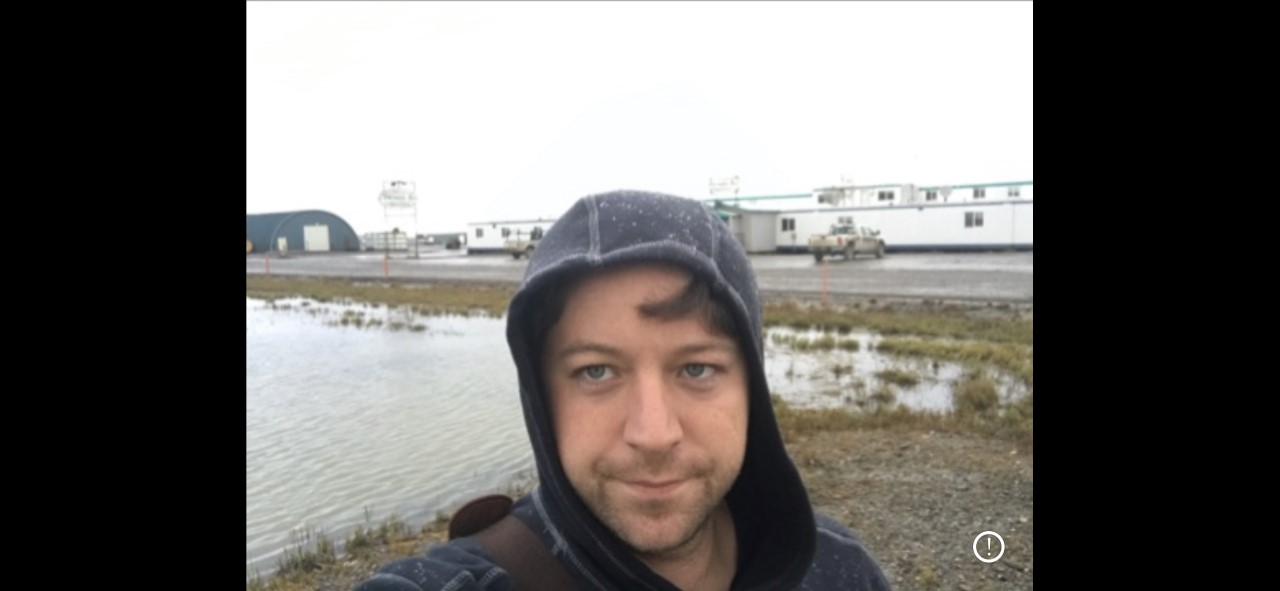***Please note venue***
$25.00 Pre-Registration
$50.00 Late Registration
Identifying Pay Zones and Understanding Petroleum Systems in Petrophysically Difficult to Interpret Plays by Analyzing Volatiles from Cuttings and Core with Rock Volatiles Stratigraphy
Rock volatiles stratigraphy (RVS) has been pioneered and developed by Advanced Hydrocarbon Stratigraphy since 2010 to provide actionable information to oil and gas operators based on detailed geochemical analysis of volatile components present in geological samples though recently this has expanded to include helium, geothermal, and CCS applications. Samples analyzed are typically cuttings and core, which can be unpreserved and several decades old, but muds and produced fluids are also analyzed on the same instrumentation allowing for direct comparisons.
The RVS technique applies vacuum extraction to rock samples to provide quantitative information on entrained hydrocarbons (HC), organic and inorganic acids, noble gases, air components, various sulfur compounds, biodegradation compounds, stimulation compounds and water. Two vacuum extractions, at 20 and 2 mbar, are applied to the same rock sample to obtain readily extracted and more tightly held compounds. Analytes are concentrated on liquid nitrogen cold traps (CT). When the CT is warmed after collection the analytes are released by sublimation point to a mass spectrometer for analysis. Non-condensable gases like methane and helium are analyzed prior to warming. Analysis at different vacuum extraction pressures allows for calculation of relative permeability indices, understanding surface/fluid interactions, and evaluating environments where compounds reside.
Past work in the Permian for RVS has included examinations of the Wolfcamp and the Avalon shales in both the Midland and Delaware basins. In the cases of these tight shales the HC resource is retained in the rock in a relatively representative manner allowing for an X-marks the spot style approach to understand resource concentration and composition using cuttings samples sealed at the well site. Examples of selecting optimal landing zones based on resource content and rock properties from RVS for the Wolfcamp and identifying by-passed pay in the Avalon/Brushy Canyon are discussed.
More recently RVS has been used to study other shale targets and the Bonesprings. In the case of the Bonesprings RVS data analysis greatly benefits from signatures and methodologies developed for non-source rock plays including the Austin Chalk, the Miss Lime in the STACK (OK), the North Slope of Alaska, the Gulf of Mexico, and Trinidad. These signatures and methodologies from outside the Permian basin, developed in many cases for more conventional play types and problems, have found great use in applications such as pay zone identification in plays that petrophysical analyses miss, assessing water content, identifying oil migration conduits, evaluating relative permeability of oil vs water, and evaluating gas mediated resource fractionation and reservoir pressure loss. Examples of these signatures from the plays that they were developed in will be shown and discussed.
Bio
Christopher Smith (PhD)
Senior Chemist
Advanced Hydrocarbon Stratigraphy
Christopher Smith has been a Senior Chemist with Advanced Hydrocarbon Stratigraphy (AHS) since January 2019 and moved to Midland in 2022 working on data analysis, instrumentation, client engagements, and business development. Most of his analysis work focuses on the Permian, the Anadarko and Arkoma basins in Oklahoma, the North Slope in Alaska, and the Marcellus. Since 2020 a significant portion of Christopher’s work has been geared toward expanding the uses of AHS’s unique patented technologies into non-traditional fields for AHS beyond oil and gas – these include successful engagements and projects with academia, government, and operators on subsurface studies in carbon capture and sequestration, helium exploration, and geothermal power. Additionally, he has pushed AHS to be involved in scientific studies on permafrost in the Artic and the paleo environment before, during, and after the Chicxulub impact. Prior to working for AHS, he received his PhD in analytical chemistry from the University of Arizona with focuses on instrumentation, data analysis programing, spectroscopy, electrophysiology, surfactants, and surface modification chemistries. He also completed a MA in history at the University of Tulsa as a Henneke Research Fellow in 2012. He completed his undergraduate work cum laude in 2011 with degrees in chemistry, history, and biochemistry also from the University of Tulsa.
